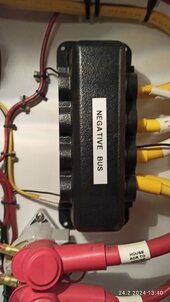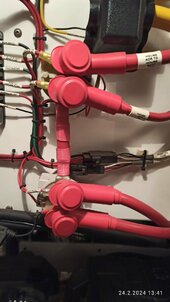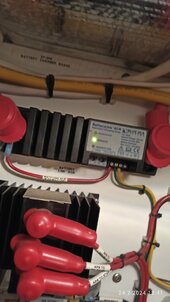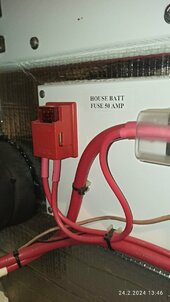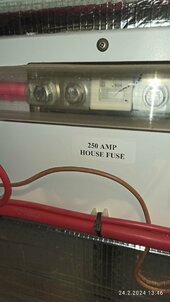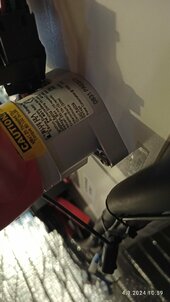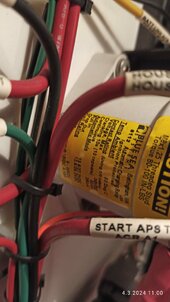Hi All!
Intended to replace 4*6V 230A AGM batteries 2*280A lifepo4 "drop in".
I have purchased an srne DC-DC 50A charger / mppt regulator.
 www.srnesolar.com
www.srnesolar.com
And new AC-DC 40A charger. The intention would be to leave the old AC-DC charger to serve the bow thruster and starter battery banks
Attached is a picture of battery management now.
How would you connect the wires, Can you help?
Best regard
NBs
Finland

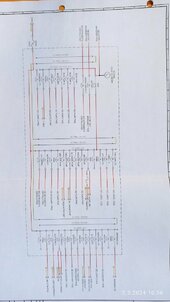
Intended to replace 4*6V 230A AGM batteries 2*280A lifepo4 "drop in".
I have purchased an srne DC-DC 50A charger / mppt regulator.
DC-DC charger with MPPT
MD Series DC/DC&MPPT solar charging controller is based on multi-phase synchronous rectifier technology and advanced MPPT control algorithm, adopting all-digital intelligent design,which has fast response speed, high reliability and high industrialized standard.
And new AC-DC 40A charger. The intention would be to leave the old AC-DC charger to serve the bow thruster and starter battery banks
Attached is a picture of battery management now.
How would you connect the wires, Can you help?
Best regard
NBs
Finland


Last edited:




